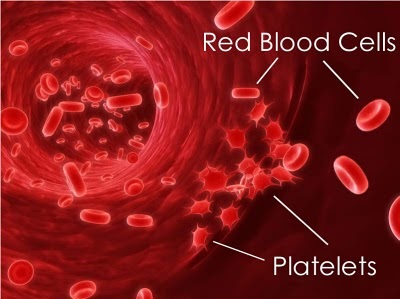
Oxygen is carried and delivered to the tissues of the body where it is used for cellular respiration. Oxygen diffuses from the lungs into the cytoplasm of the RBCs where it binds with hemoglobin, forming oxyhemoglobin. Since the surface area of the cell is large compared to the volume inside. Or “curved inward.” The biconcave shape allows oxygen to diffuse into the cytoplasm of the cell efficiently This shape is called “biconcave.” “Bi-” is a prefix that means “two” and “concave” means “indented” RBCs are shaped like a flat disk with indentations on each side.This allows more space for hemoglobin and gives the cell a Mature RBCS do not possess a nucleus or most other organelles.Hemoglobin also gives RBCs their red color. The iron binds to oxygen molecules that diffuse into the blood from the lungs. The cytoplasm of RBCs is rich in a molecule called “hemoglobin.” Hemoglobin is a protein that contains iron.Red blood cells, or RBCs for short, possess several adaptations that make them specialized for their function: The body that use it for cellular respiration. Red blood cells are highly specialized cells that are specifically adapted to carry oxygen from the lungs to the cells of Red blood cells are continually produced at a rate of about 2 millionĬells per second. Aging red blood cells are removed from theīloodstream and destroyed by the liver and the spleen.

Red blood cell leaves the bone marrow and circulates within the blood for aboutģ–4 months. It takes aboutħ days for a red blood cell to fully mature.

Bone marrow is tissue found inside of bones. Red blood cells are formed in the bone marrow. There are about 5 billion red blood cells in just The most numerous cell type in the blood. “Erythro-” is a prefix that means red and “-cyte” is a suffix that means cell. The scientific name for red blood cells is erythrocytes. Red blood cells are the second largest component of blood by volume. Using this information and the information in the diagram, we can conclude that label A represents plasma. Plasma is the largest component of the blood by volume. Waste products and hormones from place to place in the body.

Plasma is mostly water, but it contains proteins, ions, and nutrients like glucose. These three cellular components are suspended in a yellow liquid calledīlood plasma. Blood clots are important for repairing damaged blood vessels, preventing bleeding, andīlocking pathogens from entering the blood. Whiteīlood cells are responsible for identifying and fighting pathogens that can cause illness. There are red blood cells, also called erythrocytes, that carry oxygen. The blood has been separated into its components in a lab.


 0 kommentar(er)
0 kommentar(er)
